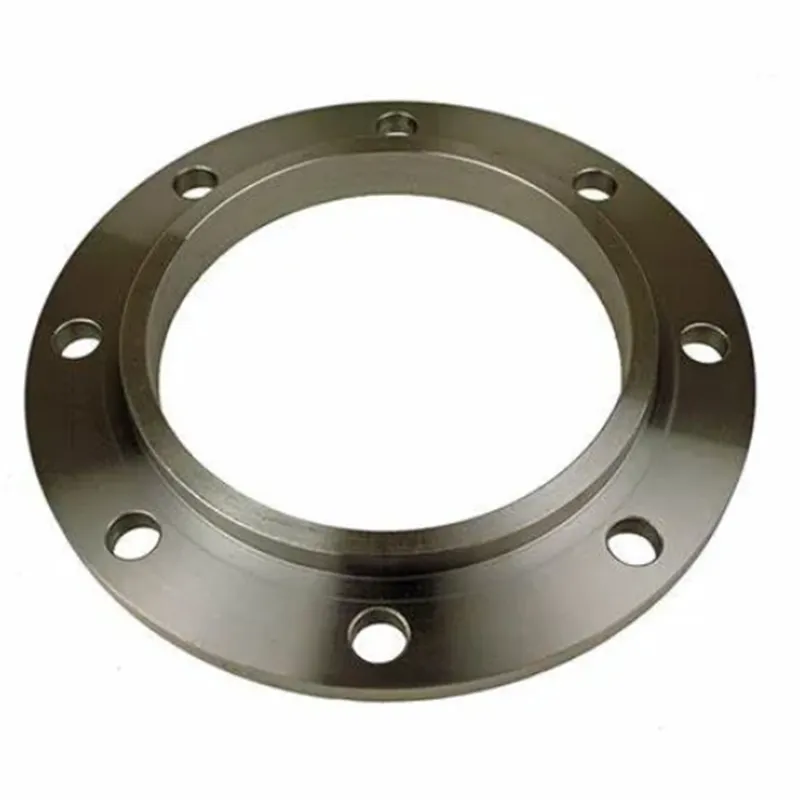-
Cangzhou Yulong Steel Co., Ltd.
-
Phone:
+86 13303177267 -
Email:
admin@ylsteelfittings.com
- English
- Arabic
- Italian
- Spanish
- Portuguese
- German
- kazakh
- Persian
- Greek
- French
- Russian
- Polish
- Thai
- Indonesian
- Vietnamese
- Zulu
- Korean
- Uzbek
- Hindi
- Serbian
- Malay
- Ukrainian
- Gujarati
- Haitian Creole
- hausa
- hawaiian
- Hebrew
- Miao
- Hungarian
- Icelandic
- igbo
- irish
- Japanese
- Javanese
- Kannada
- Khmer
- Rwandese
- Afrikaans
- Albanian
- Amharic
- Armenian
- Azerbaijani
- Basque
- Belarusian
- Bengali
- Bosnian
- Bulgarian
- Catalan
- Cebuano
- China
- China (Taiwan)
- Corsican
- Croatian
- Czech
- Danish
- Esperanto
- Estonian
- Finnish
- Frisian
- Galician
- Georgian
- Kurdish
- Kyrgyz
- Lao
- Latin
- Latvian
- Lithuanian
- Luxembourgish
- Macedonian
- Malgashi
- Malayalam
- Maltese
- Maori
- Marathi
- Mongolian
- Myanmar
- Nepali
- Norwegian
- Norwegian
- Occitan
- Pashto
- Dutch
- Punjabi
- Romanian
- Samoan
- Scottish Gaelic
- Sesotho
- Shona
- Sindhi
- Sinhala
- Slovak
- Slovenian
- Somali
- Sundanese
- Swahili
- Swedish
- Tagalog
- Tajik
- Tamil
- Tatar
- Telugu
- Turkish
- Turkmen
- Urdu
- Uighur
- Welsh
- Bantu
- Yiddish
- Yoruba

Nov . 15, 2024 16:50 Back to list
astm sa106
Understanding ASTM SA106 Specifications and Applications
The ASTM SA106 standard is an important specification issued by ASTM International, which is widely recognized for its role in setting industry standards. This particular standard outlines the specifications for seamless carbon steel pipes that are designed for high-temperature service. It's critical for engineers, manufacturers, and construction professionals to become acquainted with ASTM SA106, as it plays a significant role in various industrial applications, particularly in the oil and gas sector.
Understanding ASTM SA106 Specifications and Applications
The chemical composition detailed in the ASTM SA106 specification includes carbon, manganese, phosphorus, and sulfur. The maximum carbon content allowed for SA106 pipes is typically around 0.30%, which aids in achieving good welding characteristics. The manganese content is necessary for good hardening and ensuring the pipe's toughness, while limitations on phosphorus and sulfur help enhance the steel's ductility and impact resistance.
astm sa106

In applications where the pipes are subjected to extreme conditions, like in power plants and refineries, the high-temperature capabilities of ASTM SA106 pipes become invaluable. The pipes are rated for service at temperatures up to 450°F (232°C) or higher, depending on the grade. This high-temperature resistance, combined with their durability and strength, makes these pipes ideal for carrying steam, water, and other fluids in high-pressure settings.
Welding is another critical aspect covered by ASTM SA106. The standard acknowledges that pipes may be fabricated and joined using various welding techniques. Proper welding procedures are imperative to maintain the integrity of the materials, especially under high-stress conditions. The standard outlines necessary guidelines to ensure that welds do not compromise the pipe's overall strength and durability.
Moreover, the standard mandates rigorous testing and inspection protocols to guarantee the quality and reliability of the pipes. These treatments include hydrostatic tests, which ensure that the pipe can withstand high internal pressures without failure, and non-destructive testing methods, which are used to detect internal imperfections that could lead to future failures. These testing methodologies reinforce the safety and performance of ASTM SA106 pipes in real-world applications.
In conclusion, ASTM SA106 serves as a crucial specification to ensure the reliability of seamless carbon steel pipes used in high-temperature applications. By providing guidelines on chemical composition, mechanical properties, welding, and testing, the standard enhances the quality and performance of pipes across various industries. Understanding ASTM SA106 is essential for professionals seeking to utilize these materials effectively, ensuring that their applications not only meet industry regulations but also uphold safety and efficiency in operations. As global industries continue to evolve, the importance of standards like ASTM SA106 cannot be understated, as they underpin the reliability and integrity of critical infrastructure systems.
Latest news
-
ANSI 150P SS304 SO FLANGE
NewsFeb.14,2025
-
ASTM A333GR6 STEEL PIPE
NewsJan.20,2025
-
ANSI B16.5 WELDING NECK FLANGE
NewsJan.15,2026
-
ANSI B16.5 SLIP-ON FLANGE
NewsApr.19,2024
-
SABS 1123 FLANGE
NewsJan.15,2025
-
DIN86044 PLATE FLANGE
NewsApr.19,2024
-
DIN2527 BLIND FLANGE
NewsApr.12,2024
-
JIS B2311 Butt-Welding Fittings LR/SR 45°/90° /180°Seamless/Weld
NewsApr.23,2024











